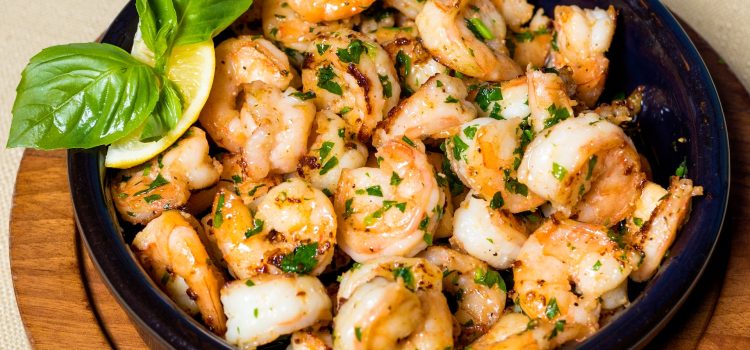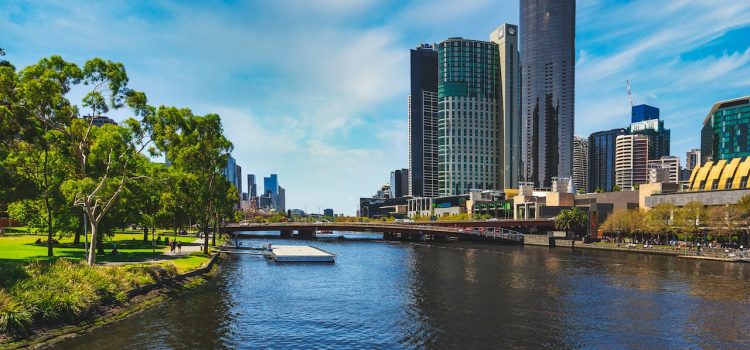
Playoffs Heat Up as Westbrook Shines and His Fellow Rally Behind Him
The NBA playoffs are here, and the excitement is palpable. Fans across the globe are tuning in to see their favorite teams battle it out on the court. One team, in particular, has caught our attention – the Oklahoma City Thunder. Led by superstar Russell Westbrook, this team is determined to make a statement this postseason. With his fellow teammates rallying behind him, the Thunder are poised for an unforgettable playoff run. Join us as we dive deeper into why Westbrook and his squad are ones to watch during these playoffs!
The Oklahoma City Thunder are in the playoffs
The Oklahoma City Thunder punched their ticket to the playoffs with a hard-fought regular season. They finished as the sixth seed in the Western Conference, setting up a first-round matchup against the third-seeded Portland Trail Blazers.
Led by superstar point guard Russell Westbrook, this team has been on a mission all season long. Despite losing key players like Kevin Durant and James Harden over recent years, they have remained competitive thanks to Westbrook’s leadership and determination.
The road ahead won’t be easy for OKC, but they’re ready for any challenge that comes their way. With an impressive roster of talented players like Paul George and Steven Adams supporting Westbrook every step of the way, this team is primed for success.
As fans gear up for what promises to be an exciting playoff run, one thing is certain – the Thunder are not a team to be underestimated. They’ve proven time and time again that they have what it takes to compete at the highest level of professional basketball.
Russell Westbrook is their leader
Russell Westbrook is without a doubt one of the most formidable superstars in the NBA today. He has been with the Oklahoma City Thunder since 2008 and has proven himself to be a leader on and off the court.
Westbrook’s leadership skills are evident from his commanding presence during games, where he motivates his teammates to play at their best. His focus and determination to win have earned him respect not just from his fellow players but from fans all over the world.
His contribution to the team goes beyond just scoring points or making assists; it’s also about leading by example. His work ethic, passion for basketball, and competitive spirit inspire those around him to give their all every time they step onto the court.
Off-court, Westbrook is known for being a mentor and role model for young aspiring athletes. He actively works towards empowering underprivileged communities through various initiatives such as charity events and scholarships.
Russell Westbrook is more than just an exceptional athlete; he embodies what it means to be a true leader both on and off the court.
His fellow teammates have his back
The Oklahoma City Thunder’s success in the playoffs cannot be attributed solely to Russell Westbrook. His fellow teammates have been rallying behind him, providing crucial support and stepping up their game when needed.
The team’s chemistry on and off the court is evident, with players like Steven Adams and Andre Roberson demonstrating unwavering loyalty to their leader. They understand that teamwork is essential in achieving their goal of winning the NBA championship.
Westbrook has also shown trust in his teammates, often passing the ball to them for open shots or relying on them for defensive stops. This has helped build a strong sense of camaraderie among the players.
Furthermore, during timeouts and breaks in play, it’s not uncommon to see Thunder players huddle together and offer words of encouragement or advice to one another. This level of support shows that they are all invested in each other’s success.
In summary, while Westbrook may be the face of the Oklahoma City Thunder, his teammates have proven themselves as valuable assets both on and off the court. Their dedication and unwavering support will undoubtedly continue to drive this team towards greatness in future games.
They are determined to win
The Oklahoma City Thunder are a team with a clear goal in mind: to win the NBA championship. They know this is no easy feat, but their determination and hard work show they won’t give up easily.
Their leader, Russell Westbrook, plays with an unmatched intensity that fuels his teammates’ drive to succeed. His relentless energy on both ends of the court inspires everyone around him and sets the tone for their games.
But it’s not just Westbrook who has this winning mindset – his fellow players rally behind him every step of the way. From Steven Adams’ physicality under the basket to Paul George’s smooth shooting stroke, each player brings something unique to help achieve their ultimate goal.
Their determination doesn’t waver even when faced with adversity, such as injuries or tough opponents. Instead, they use these challenges as motivation to push themselves harder and improve as a team.
The Thunder have proven time and time again that they are a force to be reckoned with in this year’s playoffs. And while there may be bumps along the road ahead, one thing is certain – they will never stop fighting until they reach their final destination: victory.
Conclusion
The Oklahoma City Thunder are a force to be reckoned with in the NBA playoffs. Led by superstar Russell Westbrook, this team has shown incredible determination and resilience as they fight their way towards victory. His fellow teammates have rallied behind him, providing crucial support both on and off the court. As the playoffs heat up, it’s clear that this team is ready for whatever challenges come their way. With their eyes fixed firmly on the prize, there’s no doubt that we can expect great things from this talented group of players in the days and weeks ahead. So stay tuned – because when it comes to high-stakes basketball action, anything can happen!

















